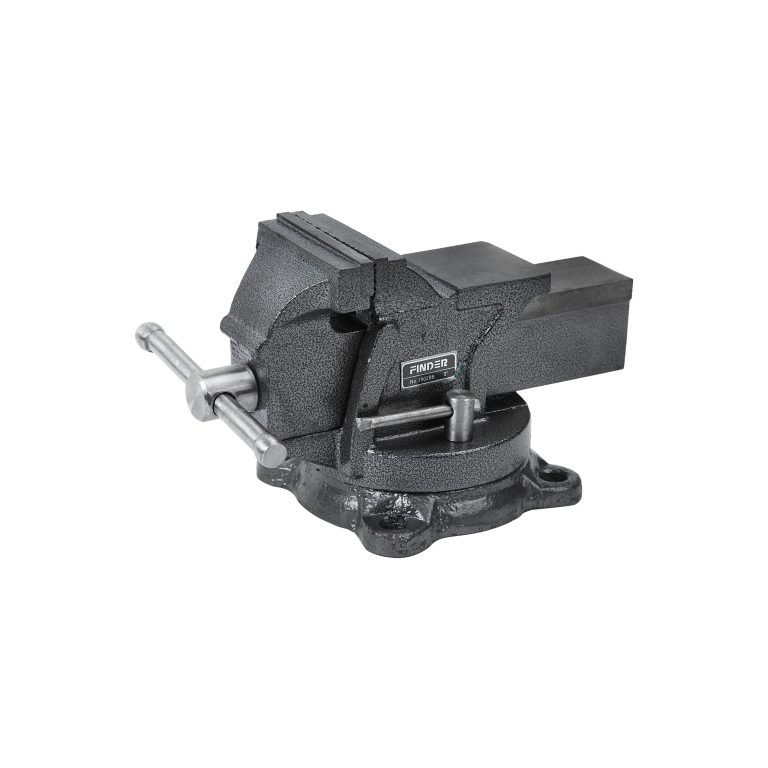Understanding Clamping Tools
Clamping tools play a vital role in a wide range of applications, including welding, woodworking, and metalworking. These tools are designed to provide the necessary pressure and stability to hold materials securely during various projects. Whether it’s holding pieces of metal in place during welding or securing wood for intricate woodworking tasks, clamping tools, including clamps, holdfasts, and vices, are indispensable. Choosing the right clamping tool is essential as it directly impacts the success and precision of any project.

Types of Clamping Tools
Bar Clamps
- Bar clamps are versatile tools that provide even pressure across large surfaces, making them ideal for woodworking and cabinet making projects.
- These clamps consist of a long bar equipped with adjustable sliding jaws, allowing for a wide range of clamping capacities.
- Their design enables them to distribute pressure evenly, ensuring the stability of the workpiece during assembly or gluing processes.
C-Clamps
- C-clamps, also known as G-clamps, are sturdy and adjustable, making them suitable for a wide range of applications in metalworking and welding projects.
- Their “C” shape allows for easy attachment to the workpiece and provides a secure grip.
- These clamps are essential for holding metal pieces together during welding or machining operations.
By choosing the right type of clamping tool based on the specific requirements of your project, you can ensure precision and stability throughout the assembly or fabrication process.
Applications in Welding
Welding Clamps
When it comes to welding, the significance of welding clamps cannot be overstated. These clamps are specifically designed to hold metal pieces securely in place during the welding process. Their primary function is to ensure that the pieces being welded stay in the correct position, allowing for precise and accurate welds. Welding clamps come in various types, including locking pliers, magnetic clamps, and angle clamps, each serving specific purposes based on the requirements of the welding project.
Hose Clamps
In welding applications, hose clamps play a crucial role in securing hoses onto fittings to prevent leakage. They are essential components for maintaining the integrity of fluid or gas transfer systems within welding setups. Hose clamps are available in different designs such as screw clamps and spring clamps, offering versatility in their applications across various welding processes. Whether it’s joining metals or fusing materials through welding, hose clamps ensure that connections remain secure and leak-free throughout the fabrication process.
F Clamps and Quick Action Clamps
F Clamps
F clamps, also known as sliding clamps or bar clamps, are indispensable tools in woodworking and metalworking projects. These versatile clamps provide a high clamping force, making them ideal for securing materials firmly in place during intricate tasks. Their design allows them to reach tight spaces, providing stability and precision in the assembly or fabrication process. Additionally, F clamps are easy to adjust, allowing for quick modifications based on the specific requirements of the project.
Quick Action Clamps
Quick action clamps, also referred to as rapid clamps or toggle clamps, are specifically designed for rapid clamping and release. These innovative clamps significantly improve efficiency in various applications by enabling swift adjustments and modifications during assembly and fabrication processes. With their one-handed operation capability, quick action clamps offer convenience and speed, making them essential tools for tasks that require frequent repositioning and adjustments.
Advantages and Considerations
Advantages of Clamping Tools
- Stability and Precision: Clamping tools offer stability and precision, ensuring that materials remain securely in place during assembly, fabrication, and welding processes. This stability is essential for achieving accurate and high-quality results in intricate projects.
- Essential for Holding Materials: Clamping tools are indispensable for holding materials firmly in place during various tasks. Whether it’s securing metal pieces during welding or stabilizing wood during woodworking projects, clamps, holdfasts, and vices provide the necessary support for successful completion of the project.
Considerations for Choosing Clamping Tools
- Clamping Capacity: When selecting clamping tools, considering the clamping capacity is crucial. The tool’s ability to exert the required pressure and hold materials securely is directly related to its clamping capacity.
- Throat Depth: Another important factor to consider is the throat depth of the clamping tool. This determines how far the clamp can reach from the edge of the workpiece, impacting its usability in different scenarios.
- Material Compatibility: Understanding the compatibility of clamping tools with different materials is vital. Certain materials may require specific types of clamps to prevent damage or ensure a secure grip without slippage.
- Specific Project Requirements: It is essential to assess the specific requirements of each project when choosing clamping tools. Factors such as the type of material being worked on, the nature of the task, and the desired level of precision should all be taken into account to select the most suitable clamping tool for a particular application.
Choosing the Right Clamping Tools
When it comes to selecting the right clamping tools for your project, it’s essential to consider the specific requirements and features that will best suit your needs. Understanding the diverse applications of clamping tools is crucial for making informed choices. By carefully evaluating factors such as clamping capacity, throat depth, and material compatibility, you can ensure the effective use of clamping tools. Remember that each project may have unique demands, so taking the time to assess these requirements will lead to successful outcomes.
Expert Tip: Consider the nature of your project, the materials involved, and the level of precision required when choosing the appropriate clamping tool.
